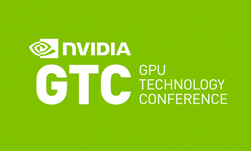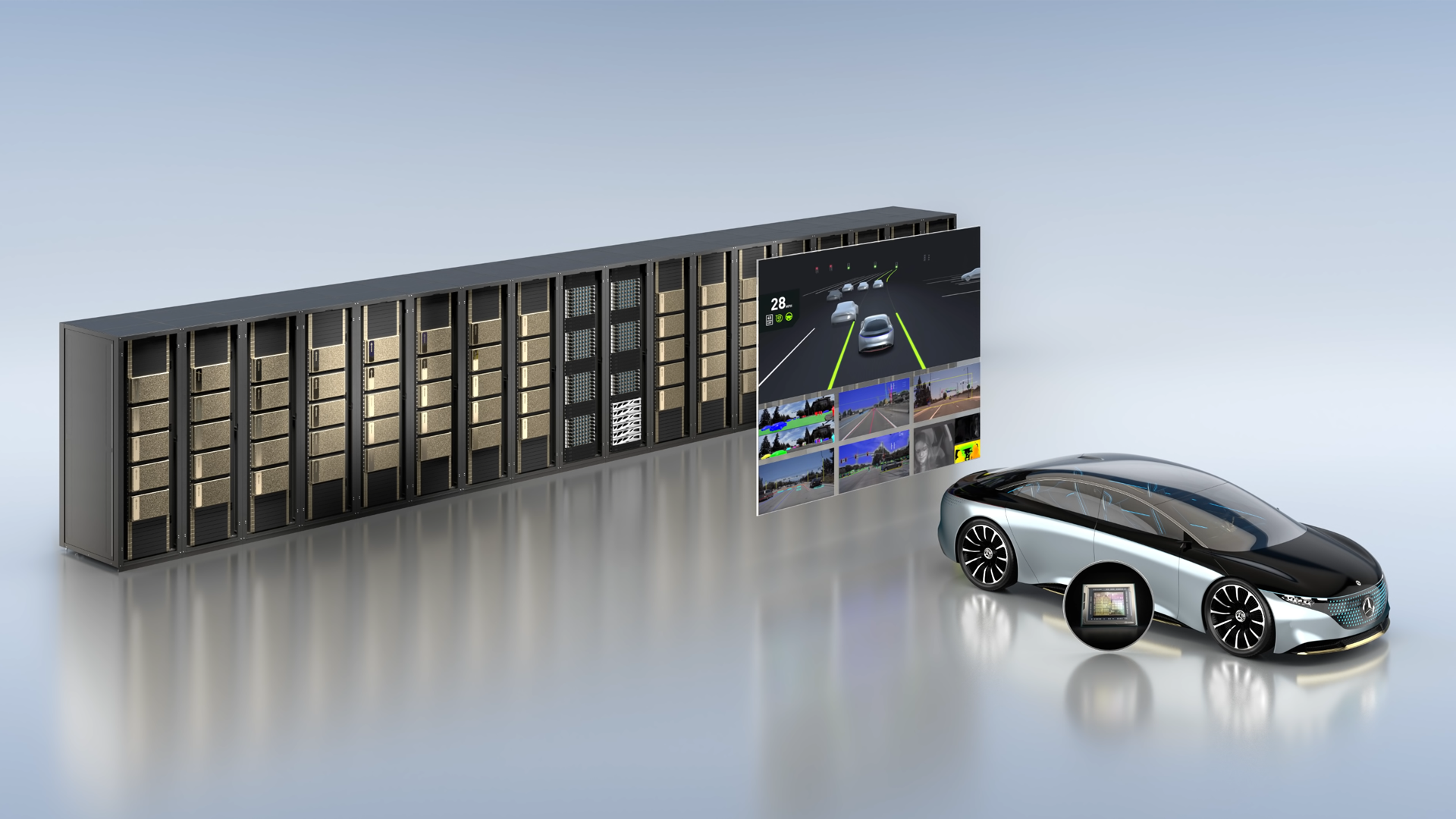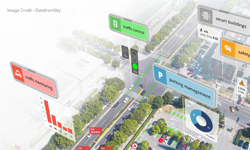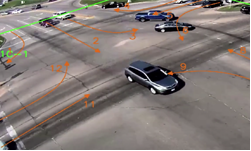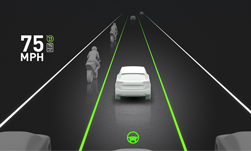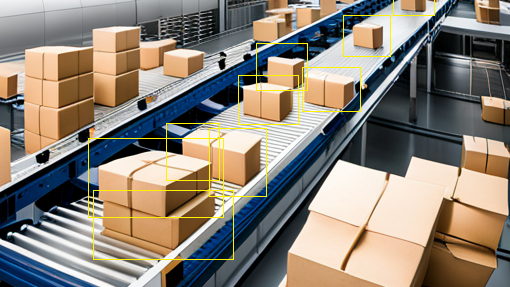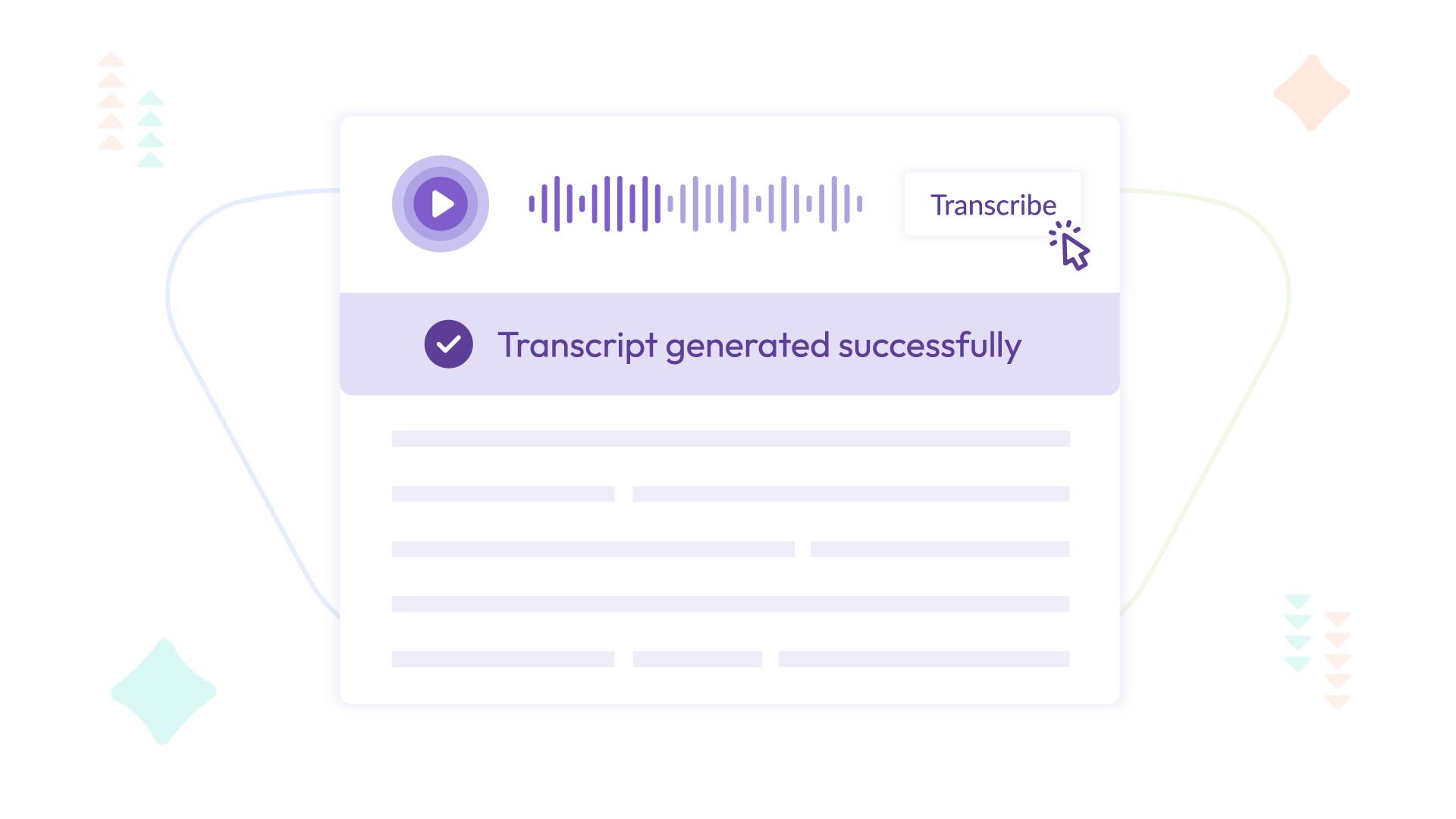This year at GTC DC 2019, startups within NVIDIA’s startup incubator, Inception, will showcase their technology in data science, computer vision, natural language processing, and more at Washington, D.C.
Attending? Don’t forget to add these sessions to your calendar.
From Theory to Practice: Computer Vision on Edge Devices for Real-Time Traffic Optimization
Yoav Valinsky, Computer Vision Researcher, NoTraffic
NoTraffic optimizes traffic lights in real-time using multiple sensors, preparing the road for the autonomous era. Our system enables cities to implement traffic policies, operating autonomously in order to maximize traffic flow, reduce congestion and carbon dioxide emissions, prioritize different vehicle types, and prevent accidents. We’ll demonstrate how we utilize NVIDIA’s hardware and GPU-accelerated frameworks on our edge devices in order to optimize traffic while dealing with the constraints of IoT. We’ll describe how we fuse multiple deep networks in order to apply existing computer vision concepts to real world scenarios. Our talk will tackle the noisy and biased data which is rarely addressed in most research papers and datasets, but is inherent in every real world problem. We’ll show we apply active learning in order to constantly optimize our training and data collection pipelines for continuous deployment of new models.
Tuesday, November 05, 02:30 PM – 03:20 PM | Polaris
GPU and AI as a Service: Driving Productivity and Increasing Utilization
Yaron Haviv, CTO, Iguazio
We’ll demonstrate how to use GPUs and AI to build machine learning applications more easily. It’s not the data science that’s hard, but all the operations around it: deploying tools, integrating hardware, creating data and machine learning frameworks, running jobs at scale, and reproducing results. GPUs accelerate performance but pose problems such as resource sharing, software dependencies, and data bottlenecks. In a cloud-native era, data scientists want a GPU-powered, open source machine learning platform as a service such as AWS Sagemaker or Google AI, without vendor lock-ins or on-premises software. We’ll show how to integrate Kubernetes, KubeFlow, high-speed data layers, and GPU-powered servers to build self-service, multi-user machine learning platforms. We’ll also demonstrate how to pool GPUs to maximize utilization and increase scalability, use RAPIDS for 10x faster data processing, and integrate GPUs into the rest of the machine learning stack.
Tuesday, November 05, 02:00 PM – 02:25 PM | Atrium Ballroom B
Leveraging AI to Improve Response to Natural Disasters
Devaki Raj, CEO, CrowdAI
We’ll discuss our company, CrowdAI, and how it can provide reliable data in the aftermath of a natural disaster. By coupling advanced AI techniques with satellite, aerial, and drone imagery and video, CrowdAI hopes to better analyze risk-prone areas before a natural disaster. We can then equip decision-makers with more accurate and timely data after the event occurs.
Wednesday, November 06, 04:30 PM – 05:20 PM | Polaris
Using BERT on NVIDIA DGX to Rapidly Connect Unstructured & Semi-Structured Sources at Scale
Chris Bouton, CEO, Vyasa Analytics
We’ll discuss NVIDIA’s DGX NVLink architecture, which enables rapid training of Bidirectional Encoder Representations from Transformers (BERT) on unstructured document corpora. At Vyasa, we have utilized this capability to connect a range of unstructured document sources — such as Pubmed, patents, and clinical trials — to a front-end application called Vyasa Synapse. This application enables a semi-structured data connection to these large-scale unstructured back-end sources. We’ll highlight the use of DGX to build this capability and discuss use cases associated with Vyasa Synapse.
Wednesday, November 06, 11:00 AM – 11:50 AM | Atrium Ballroom A
BlazingSQL – The RAPIDS SQL Engine
Rodrigo Aramburu, CEO, BlazingSQL
We’ll present BlazingSQL, RAPIDS’ open source SQL engine. BlazingSQL eliminates the need to build and deploy a database, enabling users to fully integrate high-performance SQL into their RAPIDS workflows.It’s built entirely on the GPU Apache Arrow standard that underpins the RAPIDS ecosystem and the primitives underneath the cuDF and cuIO libraries. BlazingSQL supports a myriad of data sources. Users can query Apache Parquet and JSON in a data lake with in-memory data sources like Apache Arrow or Pandas in a single, intuitive, SQL query that feeds machine learning, deep learning, or graph workloads. We’ll launch and run a series of end-to-end BlazingSQL and RAPIDS workloads distributed on a cluster of 64 GPUs.
Tuesday, November 05, 01:30 PM – 01:55 PM | Atrium Ballroom B
Enabling the End-to-End Data Science Workflow with RAPIDS and Kinetica Active Analytics
Nima Negahban – Co-founder, CTO, Kinetica
We’ll demonstrate how the GPU-accelerated Kinetica Active Analytics Platform services digital organizations looking for an end-to-end data science workflow encompassing RAPIDS, deployment, and governance. Our platform enables the acceleration and operationalization of machine learning. Kinetica’s tiered storage and GPU-accelerated 2D and 3D visualization lets data scientists rapidly explore and evaluate large-scale data and leverage standard query language to yield Dask-cuDF dataframe-ready partitions. We’ll show how to gain new visibility into model decision-making with audit capabilities by training models with RAPIDS and deploying them in Kinetica. Kinetica and NVIDIA will help organizations reach higher productivity and performance whether they’re running on a data science workstation, a DGX system, or other GPU-accelerated hardware.
The NVIDIA Inception Program nurtures cutting-edge AI startups who are revolutionizing industries. This virtual accelerator offers go-to-market support, expertise, and technology for program members through deep learning training, exclusive Inception events, GPU discounts, and more. To learn more about NVIDIA’s Inception program – visit www.nvidia.com/inception.
